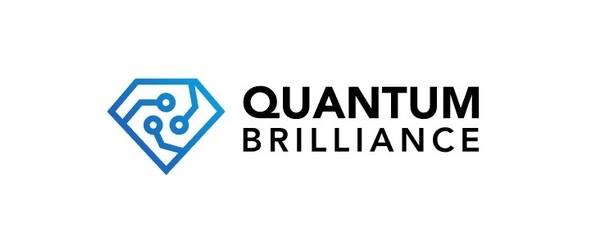Quantum Brilliance Develops Diamond-Based Quantum Computer that Can Run at Room Temperature and that Can Be Miniaturized

(Sifted.eu) Quantum Brilliance is developing quantum computers based on synthetic diamonds, which don’t need temperatures close to absolute zero or complex laser systems to operate. It is in stark contrast to the superconducting quantum systems developed by big companies like Google, IBM and Rigetti which need large and energy-hungry cooling systems to keep them at a temperature colder than interstellar space.
Trapped ion computing systems, such as those created by Honeywell and IonQ, have the potential to be smaller, but even the smallest such computer, unveiled by a research team from the University of Innsbruck this summer, was the size of two server racks.
Now, a quantum computer small enough to sit on your desk — or be embedded in a satellite, car or even a mobile phone — is no longer a pipe dream. The first such machines are actually starting to be delivered to early customers, thanks to advances in qubits created using synthetic diamonds.
The technology received a vote of confidence from investors recently, as two -year-old stealth startup Quantum Brilliance raised a nearly $10m seed funding round from a consortium of investors led by Main
Andrew Horsley, CEO of the Australian-German startup, says could dramatically change the way quantum computing can be used. “It is simplifying the quantum computer and turning it into something that can sit in an ordinary server rack next to classical computers. Most quantum computers are giant mainframes; these will eventually be small enough to be embedded in mobile devices,” Horsley told Sifted. “The miniaturisation potential is huge.”
Quantum Brilliance’s system is the size of a lunchbox.
The quality of diamond-based qubits is somewhere between that of superconducting qubits and trapped-ion qubits.
“It is middle of the pack for performance,” Doherty told Sifted. The gate speeds are slower than for superconducting qubits, but faster than trapped ions. The coherence of the diamond qubits is lower than those of trapped ions. The big advantage, however, is being able to run at room temperature.
Diamond-based qubits were a leading idea in quantum computing until around 2014, says Doherty, but progress halted because it proved hard to create synthetic diamonds with enough precision to make the system workable. The Quantum Brilliance cofounders’ breakthrough was developing a novel fabrication technique that allows greater precision. The startup buys synthetic diamonds from Element Six, the synthetic diamond manufacturer, part of the De Beers Group, and then carries out the final part of the fabrication process in house.





















